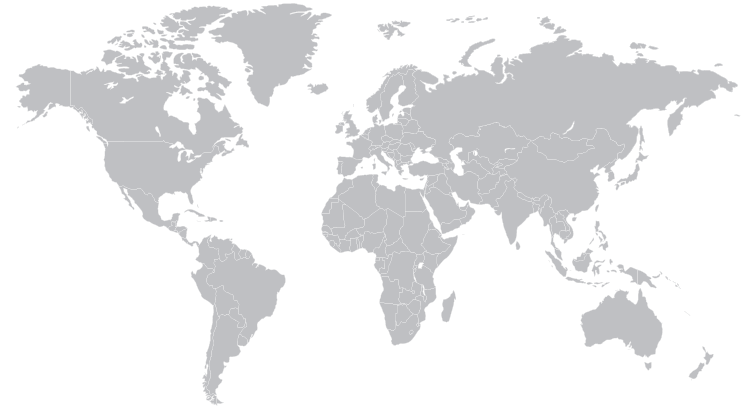Project
Cybersecurity Zero Trust Architecture (Infrastructure and other pillars of Zero Trust) for Mongolia
About
Cybil code: G0944
Status: Finished
From: Apr 2023
To: May 2024
Funders
Implementors
Partners
Themes & Topics
Region
Countries
Contact
NRD Cyber Security
Summary
NRD Cyber Security was contracted to propose Cybersecurity Zero Trust Architecture for Mongolia.
Details
Aim
This consultancy’s objective is to
- Propose a ZT framework to conduct an assessment study which includes an “AS-IS” lysis and gap analysis,
- Propose a ZT Architecture, which includes infrastructure and other pillars. This represents the “TO-BE” state, and
- Develop a Public Sector Strategy and Roadmap for transitioning from the “AS-IS” state to the “TO-BE” state for implementing the proposed Zero Trust Architecture (ZTA),
- develop a learning curriculum on ZT principles for governments, enterprises and academia in Mongolia, and
- implement capacity building workshops for governments, enterprises and academia in Mongolia.
These activities will form the foundational knowledge basis for the relevant Mongolia entities and stakeholders to be more aware, understand zero trust approach, and provide them the strategic roadmap and technical specifications to transition to and implement this approach for the country’s cybersecurity goals and efforts. NRD Cyber Security was contracted to propose Cybersecurity Zero Trust Architecture for Mongolia.
Context
Developing countries like Mongolia are subject to new cybersecurity vulnerabilities and challenges due to the evolving nature of cyber threats. Zero Trust (ZT) is a security infrastructure model that is gaining momentum in developed countries to counter rising cases of malware and sophisticated cyberattacks. A ZT approach repeatedly questions the premise that users, devices and network components should be implicitly trusted based on their location within the network.
While there is no universally agreed upon principles or design concepts, countries such as the UK, Singapore and the US, have drafted guidelines and good practices to help government and enterprises move to securing their security infrastructure and external networks.
The Cybil project repository is being continuously updated, and the information it contains is either publicly available, or consent for publication was given by the owner. Please contact the portal manager with any additional information or corrections. Whilst every reasonable effort is made to keep the content of this inventory accurate and up to date, no warranty or representation of any kind, express or implied, is made in relation to the accuracy, completeness or adequacy of the information contained in these pages.









